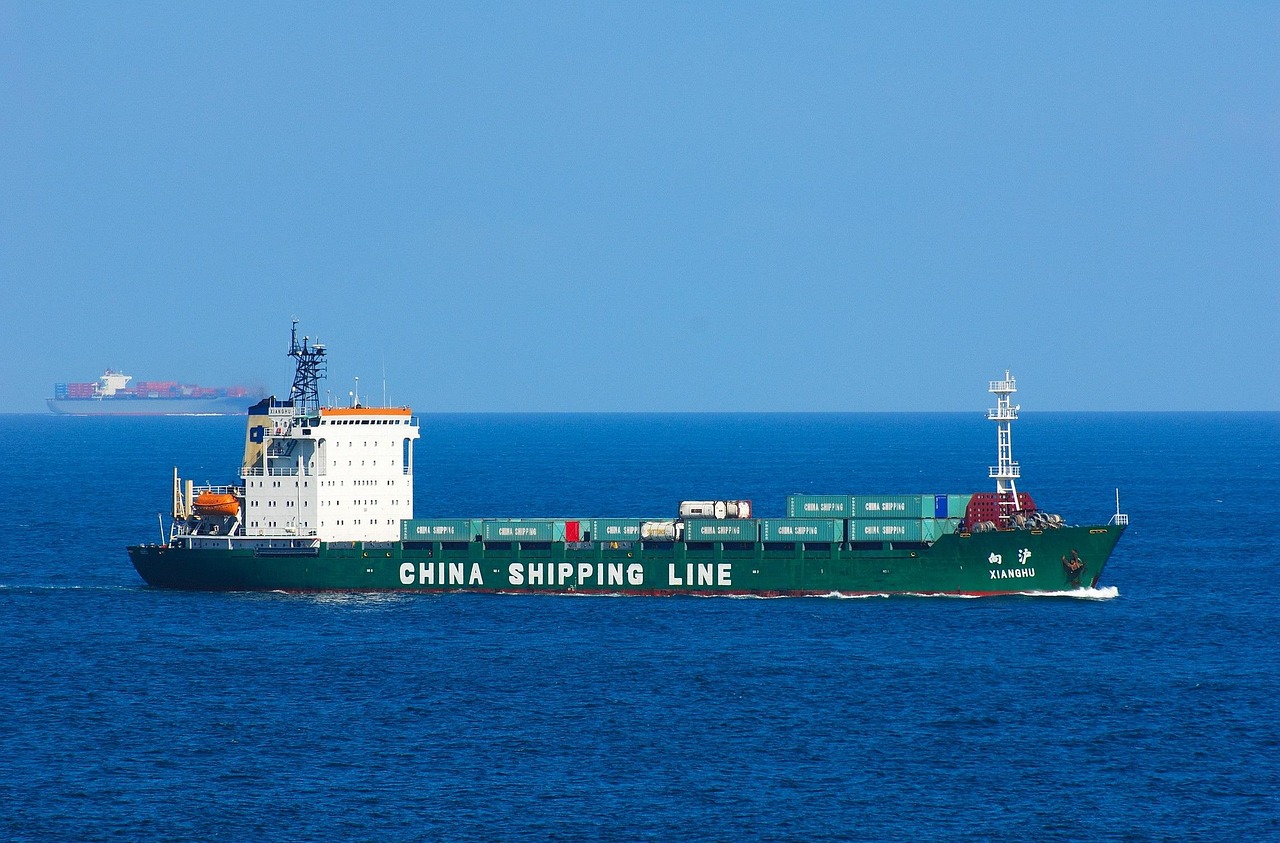Global Freight Rate Trends After Tariff Cuts | Ocean Shipping Market Update (May–June 2025)
With China and the U.S. announcing mutual tariff reductions, a 90-day “fast lane” shipping window has begun. Amid this rapid shift from a market downturn to heightened demand, how are global freight rates responding? How is shipping capacity being reallocated? What are the actual cargo volumes on the ground?
Trade lane experts at YQN provide a timely shipping market analysis of freight rate trends across key global routes — for reference only.
China–North America
Freight Rate Trend: Sharp Increase
Following the China-US tariffs rollback, Transpacific freight rates surged significantly. By the end of May, capacity allocation had tightened substantially, with space becoming extremely limited.
In response, carriers swiftly adjusted their deployment. By early June, capacity from Asia to the U.S. is expected to return to 100%, potentially exceeding normal levels — a major development in container shipping 2025.
Market sentiment suggests the rate rally will continue. In early June, rate hikes of USD 2,000–3,000 per FEU are anticipated, with robust booking momentum. However, the reinstatement of blank sailings and deployment of extra-loader vessels may temper the actual rate increases.
Looking ahead to late June through July, freight rate trends will largely depend on actual load factors and the supply-demand balance observed in the preceding weeks.
China–Latin America
Freight Rate Trend: Ongoing Increases
Impacted by the 90-day Transpacific freight rush, capacity previously shifted to Latin America has been pulled back to serve the U.S. trade. Additionally, some of Latin America's native capacity has been redeployed to the North American route, tighteningspace availability.
Several carriers have scheduled blank sailings from late May through June, suggesting that space constraints will persist. Shippers should be aware of rising cargo rollover risks — a key concern in Latin America logistics.
Freight rates are being raised in succession, with cases of low-rate bookings being canceled. Some carriers have also tightened booking controls, making advance booking essential to avoid disruptions.
China–Southeast Asia
Freight Rate Trend: Upward Bias
Following the China-US tariff easing, regulatory costs for Southeast Asia freight declined, boosting market confidence. While no sharp spike in volume has occurred yet, inbound shipments have steadily increased since last week.
Current rates remain stable across the lane, but space is tightening at major ports like Ho Chi Minh City, Laem Chabang, and Bangkok.
Carriers are optimistic about near-term demand. As month-end approaches, volumes are projected to rise. Combined with rate sentiment spillover from Transpacific, Europe shipping rates, and the India-Pakistan lane, space could become more limited by late May — potentially triggering a rate increase in June.
Shippers should also monitor U.S. trade negotiations and forthcoming detailed tariff schedules, which may influence future developments.
China–Europe / Mediterranean
Freight Rate Trend: Overall Upward Momentum
With Transpacific freight demand rebounding, several vessels originally operating on the China–Europe and Mediterranean lanes have been shifted to serve the U.S. market. Alongside pre-planned blank sailings, this has led to tighter capacity in the region.
The Mediterranean trade in particular has been severely impacted, with full bookings reported by the end of May.
Rising Transpacific rates have had a knock-on effect across global lanes, pushing Europe shipping rates higher. The traditional June peak season is adding further pressure, with signs of panic booking already visible.
Rate hikes now appear inevitable. Although carriers are still in the price-setting stage, the eventual acceptance of higher rates will depend on actual demand. The Mediterranean route is expected to see steeper increases than Northern Europe.
China–East Africa
Freight Rate Trend: Gradual Increases
On the China–East Africa lane, freight rates continue to inch upward. Cargo demand has increased, but vessel overbooking has led to widespread space shortages.
Despite broader global redeployments influenced by the China-US tariffs, the East Africa shipping lane has seen only limited blank sailings. Most vessel withdrawals have affected West Africa, with no new announcements for East Africa as of now.
Looking ahead, modest freight rate increases are expected to continue from late May into early June.
👉 For more details, contact us at info@yqn.com or check live rates on our platform.

Shipping with YQN - Global Logistics at Your Fingertips
YQN has established subsidiaries worldwide, covering North America, Latin America, Southeast Asia, and the Middle East. We have partnered with 300+ top shipping and airline companies and have access to 3500+ high-quality supplier resources. YQN also has a professional customer service and fulfillment team of over 500 people to provide more worry-free and efficient international logistics services.
Contact Us
You can also email us at info@yqn.com.

